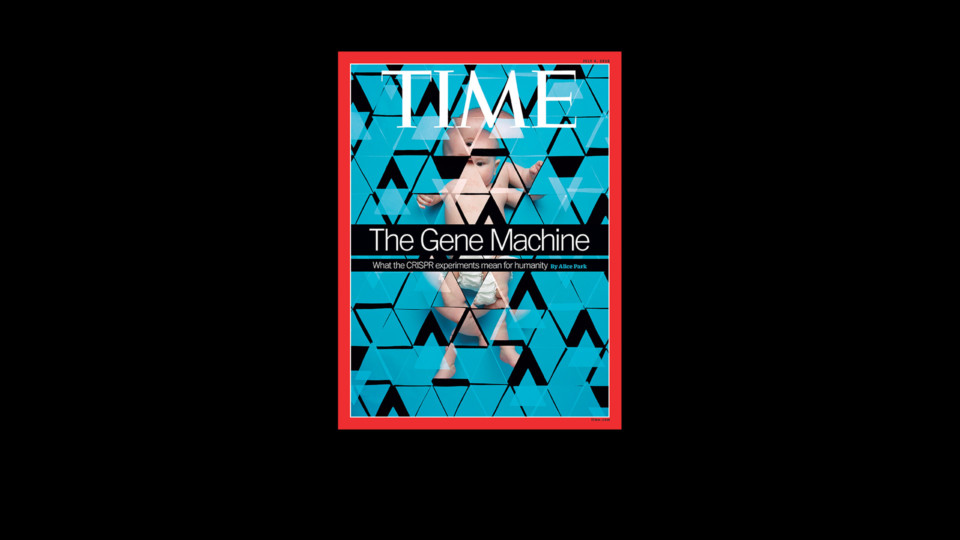A New Technique That Lets Scientists Edit DNA Is Transforming Science – and Raising Difficult Questions
Kathy Niakan’s laboratory at London’s Francis Crick Institute is the size of a walk-in closet, but between its walls she’s working on one of the most expansive frontiers ever contemplated by science.
Sometime soon, Niakan will place a human embryo on the platform of her microscope. With one hand, she will steady the embryo–an egg that has been fertilized by a sperm but hasn’t yet begun the cell division that eventually leads to a person. With the other, she will maneuver a tiny pipette up against the embryo and inject a specially prepared liquid. If all goes as expected, the liquid will alter the DNA at the core of the cell–literally rewriting the embryo’s genetic code. At that point, Niakan will have effectively edited this potential human being. She isn’t interested in creating designer humans; instead, she’s trying to learn how healthy humans are made, by identifying which DNA sequences are crucial to helping a human embryo develop normally.


